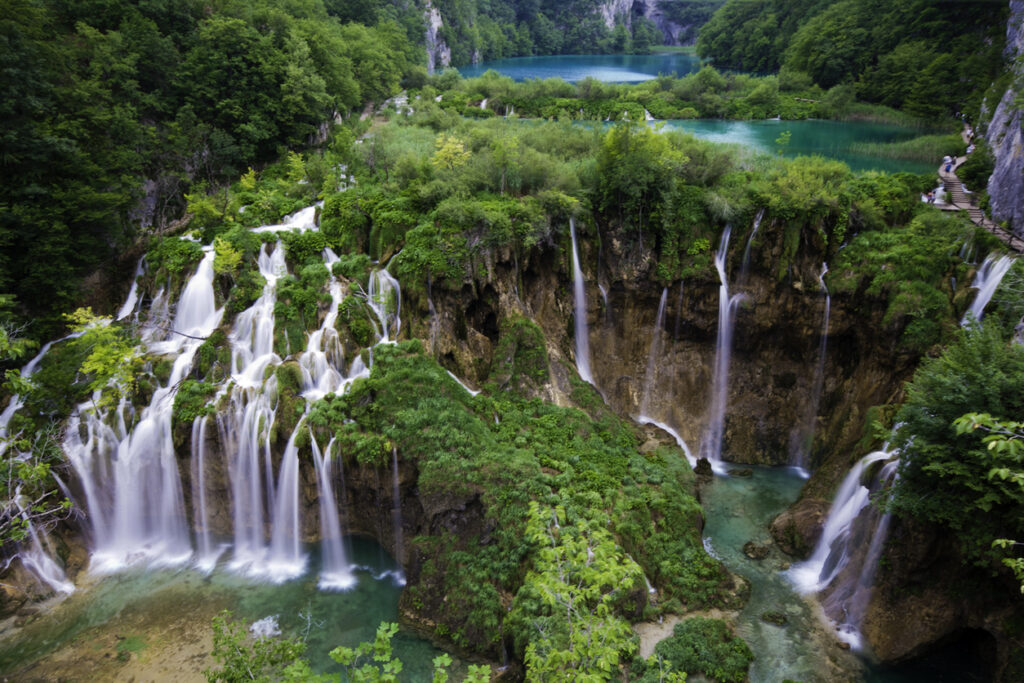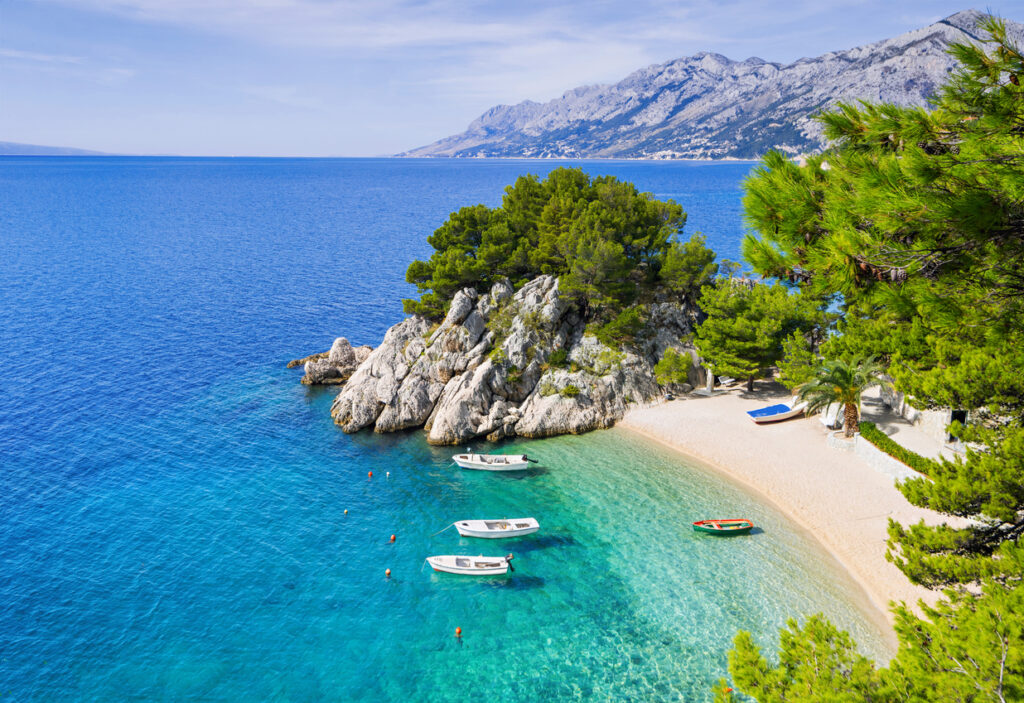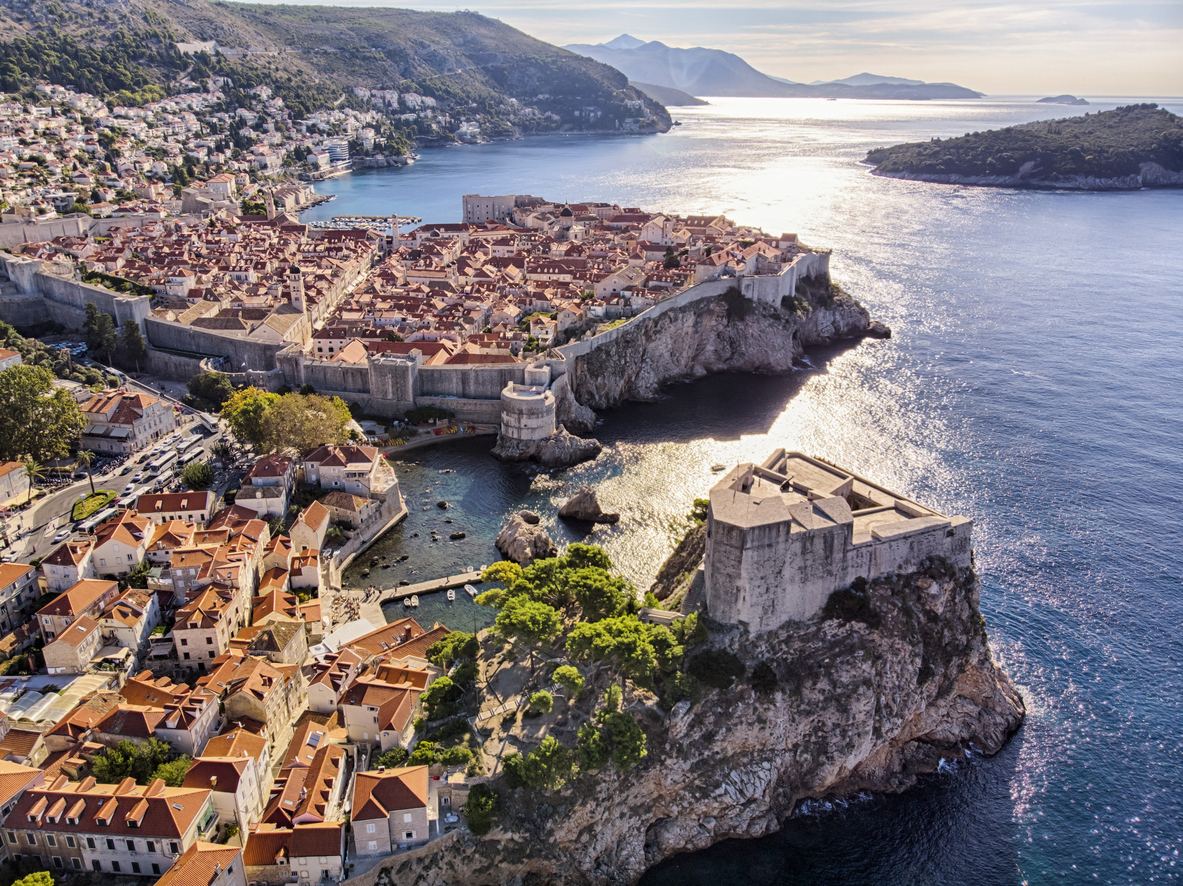Your guide to a responsible outdoor excursion in Croatia this falls
Croatia is the perfect place to reconnect with the wild when the planet starts to wander again. Beautiful beaches and vibrant cities are well-known in the region, and they rank among Europe’s most appealing. However, the new reality of travel as a result of the coronavirus pandemic – the need for longevity and social distance – necessitates a new type of attraction. Croatia, luckily, is well-prepared. Croatia’s stirring natural beauty, like so much of wild Europe, has been able to breathe and recover in preparation for our return. And the autumn, with its beautiful colors and fewer guests, is the ideal season to go.
Plitvice Lakes

Plitvice Lakes is unlike any other place in Europe. This remarkable location, a UNESCO World Heritage Site since 1979, is packed with blue lakes and waterfalls, a world in motion that is contrasted in the fall by the greens and golds of the surrounding forests. Plitvice is postcard-perfect in every way. Plitvice Lakes’ beauty comes from the water flowing through porous limestone to bind lakes of all sizes and shapes, as well as the interplay of a vibrant color palette in the fall.
The lower lakes, with their towering trees and even Croatia’s tallest waterfall, the 255-foot-high Veliki Slap, are the heart and soul of Plitvice’s appeal. Other highlights include the emerald Milanovac Lake and the reed-fringed Gradinsko and Kaluerovac reservoirs, which are home to wild ducks. The trails that link the lakes get quieter as you get deeper into the network, and they lead to the upper lakes. Galovac Lake is a beautiful example of natural travertine triumphing over concrete. The larger Okrugljak Lake, with its magnificent cascades stirring up the lake’s surface, could keep you entertained for hours. But nothing beats Proansko Lake, which is surrounded by thick autumnal forests at this time of year.
Papuk

Papuk, which is both a nature park and a UNESCO geopark, is a recent discovery that is little known outside of Croatia. Papuk is a natural wonderland nestled deep inside Slavonia’s mountain valleys. Medieval ruins cling to mountain peaks like relics from a much more epic period. In the fall, ancient beech forests become a sea of reds, oranges, and yellows, animated by streams and waterfalls and provided a sense of mystery by atmospheric caves. And geology is a source of wonder at Rupnica, thanks to the strange stone pillars and rock mosaics that were formed when a long-disappeared volcano wreaked havoc on the ground.
Kopački Rit and Lonjsko Polje
The best time to visit Kopaki rit and Lonjsko polje, two of the most rewarding attractions in Croatia’s interior, is in the fall. Birds begin arriving in Kopaki rit, just 7.5 miles northeast of Osijek, during the autumn on their annual migration from Africa to this, Europe’s largest wetland region. These yearly tourists, in addition to the resident bird species, bring the total number of species registered here to nearly 300. The elusive black stork is probably the most sought-after reward for birders, but white-tailed eagles, great crested grebes, and purple herons still elicit screams of delight.


